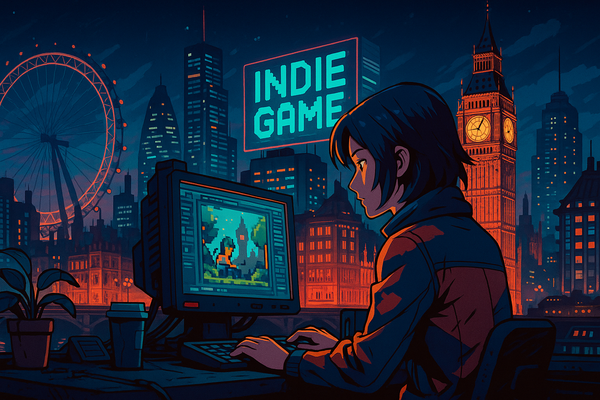Future-Proof monetization models for indie games in 2024
As the gaming industry evolves, so too do the monetization models that fuel it. For indie developers, keeping pace with these shifts is critical to long-term success. While traditional models like in-game purchases and ads remain relevant, 2024 will see a rise in innovative monetization strategies that blend accessibility with player ownership and community engagement.
1. Subscription-Based models: Guaranteed revenue streams
Subscription models are rapidly gaining popularity as gamers increasingly value access over ownership. Services like Xbox Game Pass, Apple Arcade, and Netflix Games provide players with a curated selection of titles for a monthly fee, offering a steady revenue stream for developers. By 2024, this trend is expected to dominate, with indie developers creating their own subscription models to provide exclusive in-game content, turning off ads, and offering discounts on additional purchases.
For smaller studios, integrating subscription options could be a game-changer. These models can foster long-term player retention by encouraging ongoing engagement, as seen with recurring content updates and early access to features(Hip Hop Magazine)(AiTechtonic).
2. The rise of hybrid monetization models
Indie developers will increasingly adopt hybrid monetization models in 2024, blending various strategies like in-game ads, purchases, and subscriptions. This approach allows developers to maximize revenue from different player segments, tailoring experiences based on players' preferences and spending habits.
For example, a free-to-play indie game might combine in-app purchases for cosmetic items with non-intrusive ads and optional subscriptions for access to premium content. This blend of traditional and innovative strategies ensures flexibility while catering to a wide audience(Game Art Studio)(GameAnalytics).
3. NFTs and blockchain: redefining digital ownership
The use of Non-Fungible Tokens (NFTs) continues to expand, offering a revolutionary approach to in-game asset ownership. NFTs enable players to own unique digital assets—such as characters, skins, and weapons—that they can trade or sell across different platforms. This creates decentralized economies within games, allowing players to monetize their time and effort.
While the NFT market faced some turbulence after the crypto crash of 2022, it is poised for a resurgence in 2024. Indie developers could harness blockchain technology to give players ownership over in-game assets, thus fostering player loyalty and engagement. However, it's essential to ensure that NFTs provide tangible benefits beyond speculation, such as enhancing gameplay.
4. Direct-to-Consumer (D2C) web sales
A growing trend is the shift toward direct-to-consumer web sales, bypassing traditional app stores and their associated fees. Indie developers can sell game-related products and in-game purchases directly through custom web shops. This strategy gives developers more control over pricing and allows for a more personalized shopping experience.
D2C models enable developers to engage with players outside of established platforms like Steam or the App Store, boosting player loyalty and maximizing profits. Coupled with subscription models or loyalty programs, D2C web shops are expected to play a significant role in indie game monetization in 2024(AiTechtonic).
5. The metaverse and virtual economies
The metaverse concept is increasingly intertwined with game monetization strategies. In these shared virtual spaces, players can purchase virtual real estate, trade assets, and participate in exclusive events, all within fully immersive digital environments.
For indie developers, the metaverse opens up new frontiers for revenue generation. From hosting virtual concerts to creating player-owned in-game businesses, developers can offer monetizable experiences that go beyond traditional gameplay. As virtual economies evolve, the metaverse could become a key revenue stream for indie studios.
The future of indie game monetization lies in flexibility, creativity, and player engagement. Subscription-based models, NFTs, hybrid monetization strategies, and the metaverse all offer indie developers exciting new ways to generate revenue. By adopting these trends early, indie developers can ensure long-term success in an ever-evolving industry.




